version control systems - VCS Guide and Tips
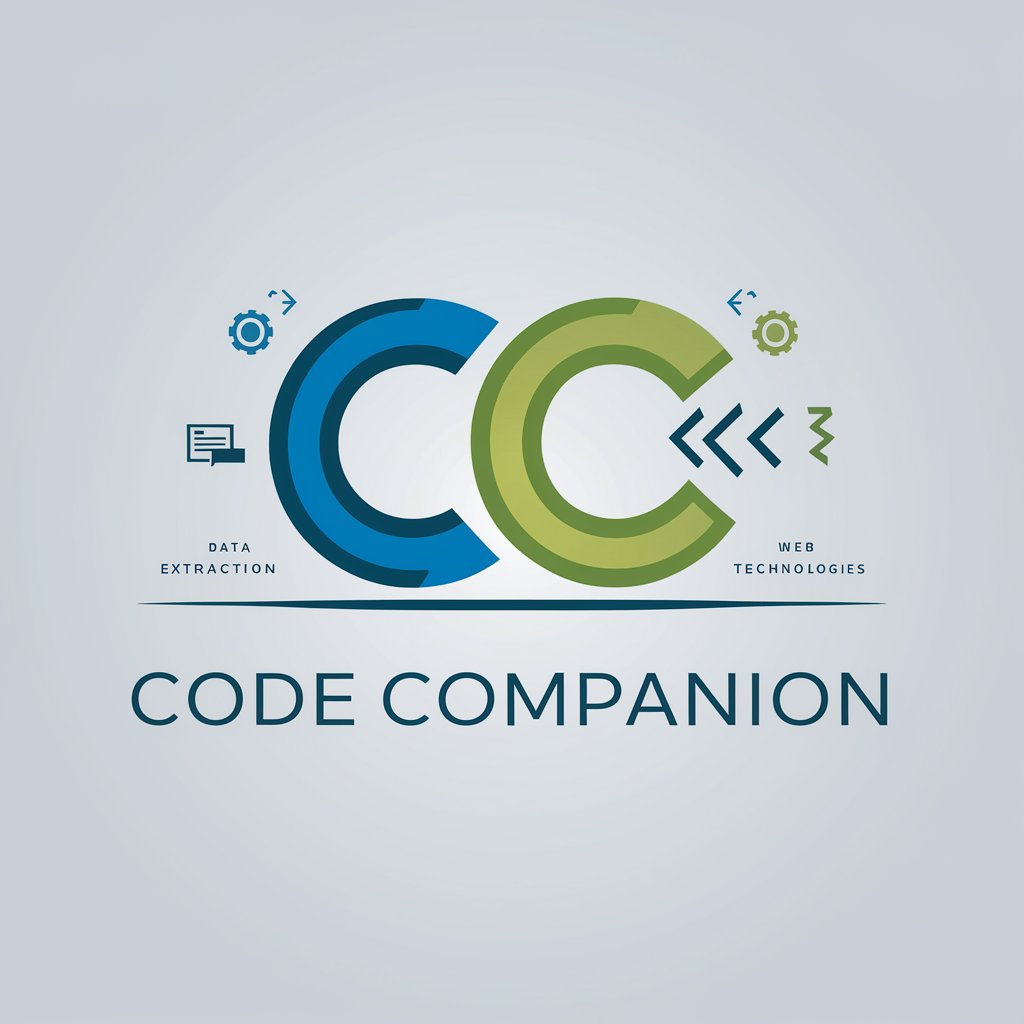
Welcome to Code Companion, your guide to web tech and automation!
Streamline collaboration with AI-powered version control.
How can I scrape data from a website using Python?
What is the best way to automate repetitive web tasks?
Can you help me extract and summarize information from a webpage?
How do I save scraped data into a database?
Get Embed Code
Introduction to Version Control Systems
Version control systems (VCS) are software tools designed to track changes to files and directories over time, enabling multiple users to collaborate on the same projects effectively. They allow the storage of multiple versions of a project, enabling users to view, manage, and revert to previous versions as needed. VCSs are crucial in software development, content creation, and any collaborative environment where tracking changes and maintaining historical versions are essential. For instance, in software development, a team can use a VCS to work on different features simultaneously without interfering with each other's work, thanks to branching and merging functionalities. Similarly, content creators can use these systems to manage versions of their work, easily reverting to previous drafts if needed. Popular examples of version control systems include Git, Subversion (SVN), and Mercurial. Powered by ChatGPT-4o。

Main Functions of Version Control Systems
Version Tracking
Example
Git
Scenario
A developer uses Git to maintain a history of all changes made to a software project, enabling them to revert to previous versions if a new feature introduces bugs.
Branching and Merging
Example
Git
Scenario
In a collaborative project, team members use branching to work on new features independently. Once a feature is completed and tested, it is merged back into the main branch, combining all changes seamlessly.
Collaboration
Example
GitHub, a platform built on Git
Scenario
Developers contribute to open-source projects by forking the project repository, making their changes, and submitting a pull request for the original repository maintainers to review and merge the changes.
Conflict Resolution
Example
Git
Scenario
When two developers edit the same part of a file and try to merge their changes, Git flags this as a conflict. The system then requires manual intervention to resolve the conflict before completing the merge.
Ideal Users of Version Control Systems
Software Developers
Developers use VCS to manage source code, collaborate with teammates, track bugs, and revert to previous versions of a codebase. It's essential for managing complex software projects and for any development process that involves more than one developer.
Content Creators and Writers
Writers and content creators can benefit from VCS by managing drafts and revisions of their work. This allows for easy collaboration on documents and the ability to track changes and revert to earlier versions.
Academic Researchers
Researchers working on long-term projects with evolving methodologies or data sets can use VCS to manage changes to their research data, code, and papers. This facilitates collaboration across different research groups and ensures the integrity of historical data.
Project Managers and Team Leaders
Project managers and team leaders use VCS to oversee project development, ensure team collaboration is efficient, and maintain documentation and project history for future reference or audits.

How to Use Version Control Systems
1
Start your journey by exploring version control systems with no upfront commitment; visit sites offering free trials without the need for login or subscription to premium services.
2
Choose the right version control system (VCS) for your needs, whether it be Git, SVN, or Mercurial, based on your project's complexity and team size.
3
Install and configure your chosen VCS on your local machine, ensuring you have the necessary dependencies and environment setup.
4
Familiarize yourself with basic commands and workflows, such as commit, push, pull, and branch, through official documentation or tutorials.
5
Implement regular commits with meaningful messages, utilize branches for feature development, and merge changes back into the main branch, adopting a consistent workflow within your team.
Try other advanced and practical GPTs
MANGAJPN - Introducing Cartoons from Words
Discover Manga with AI-Powered Insights
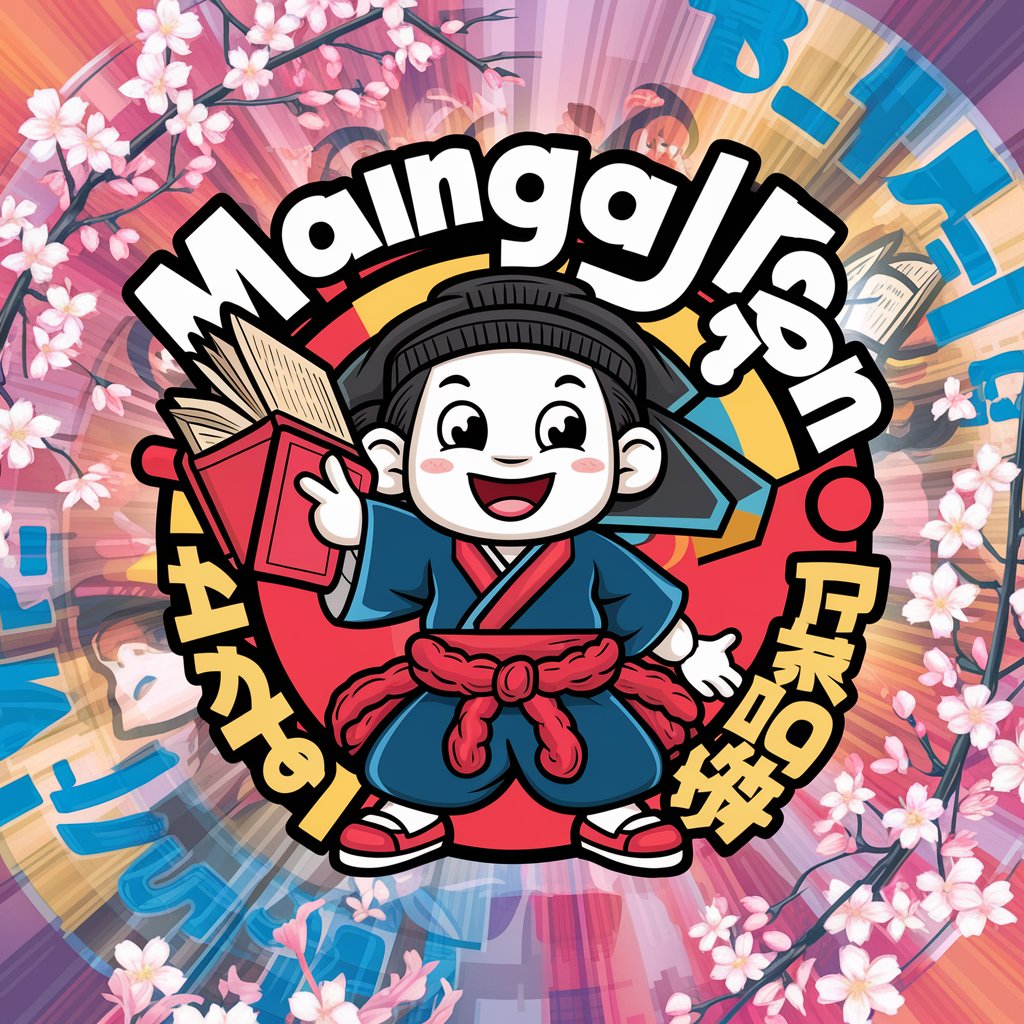
Immersive Art Simulator
Transforming Art Appreciation with AI

Mobile Dev Guru
Empowering your app development journey with AI.

Favicon Generator
Craft Your Website’s Identity with AI
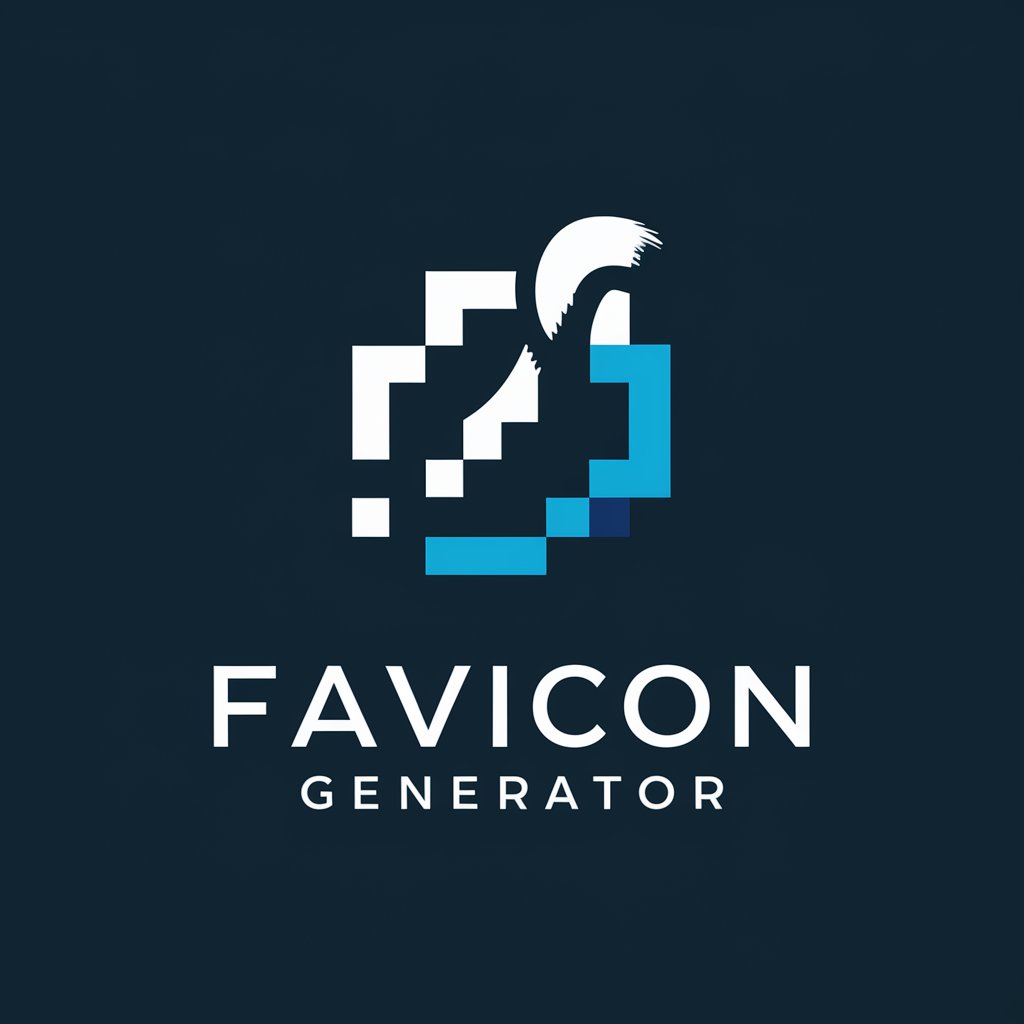
Data CodeSkill Mentor
Elevate Your Coding Skills with AI
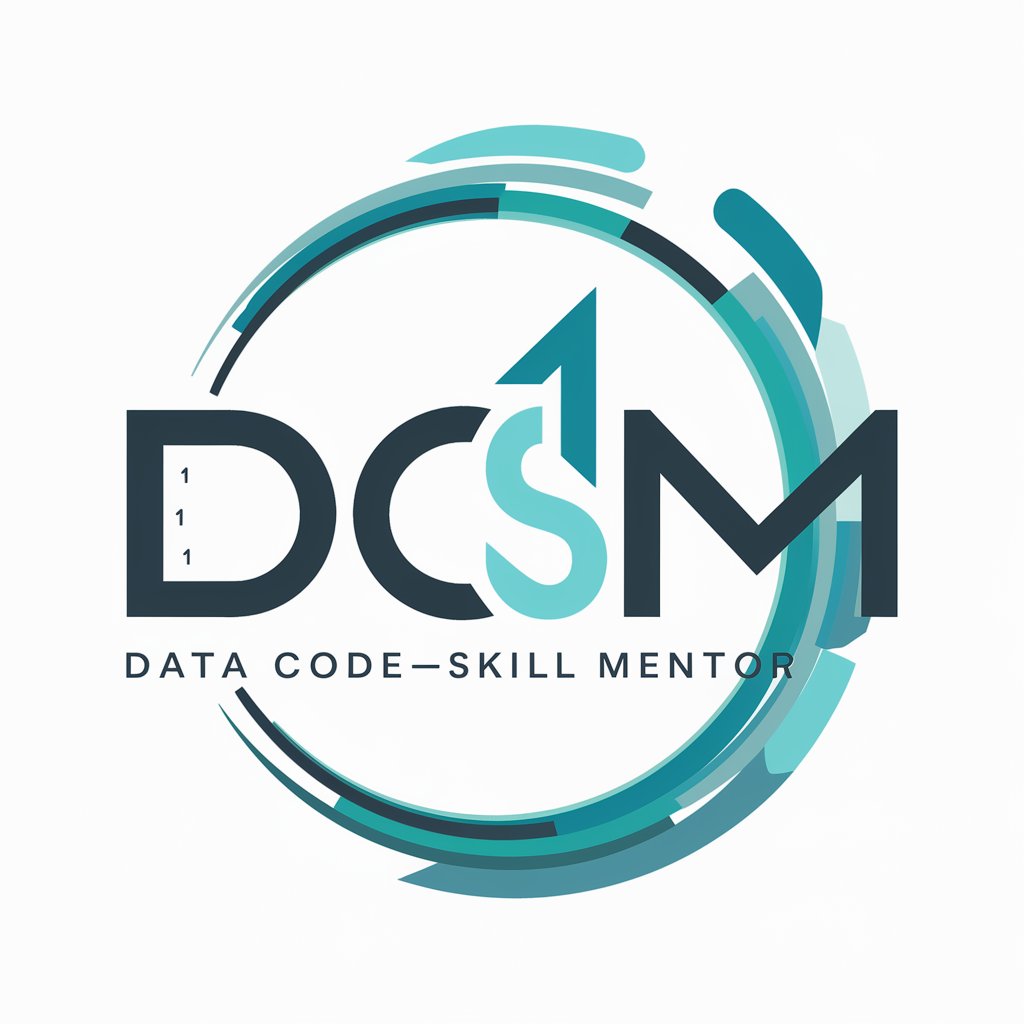
Project management
Empower your web app journey with AI-driven insights.

Human Quality Writer | Jack Harrison, AI
Crafting Stories with Heart and Intelligence

Survey Analyzer
AI-powered Insights from Survey Data

Fusion Lab
Unleashing Imagination with AI Fusion

Lunar Legacy: The Soul Harvest
Unravel the cosmic secret of soul harvest
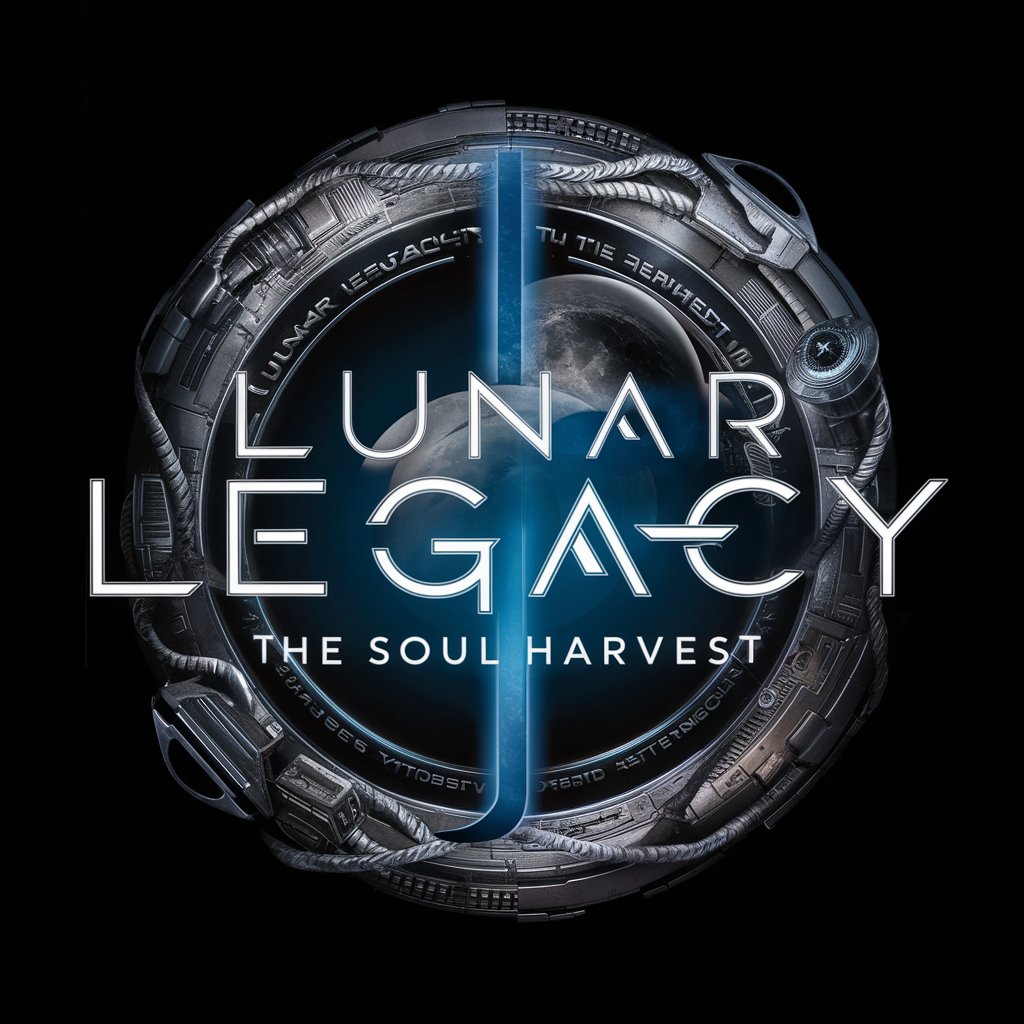
骂醒念爱脑
Cut through love's confusion with AI-powered clarity.
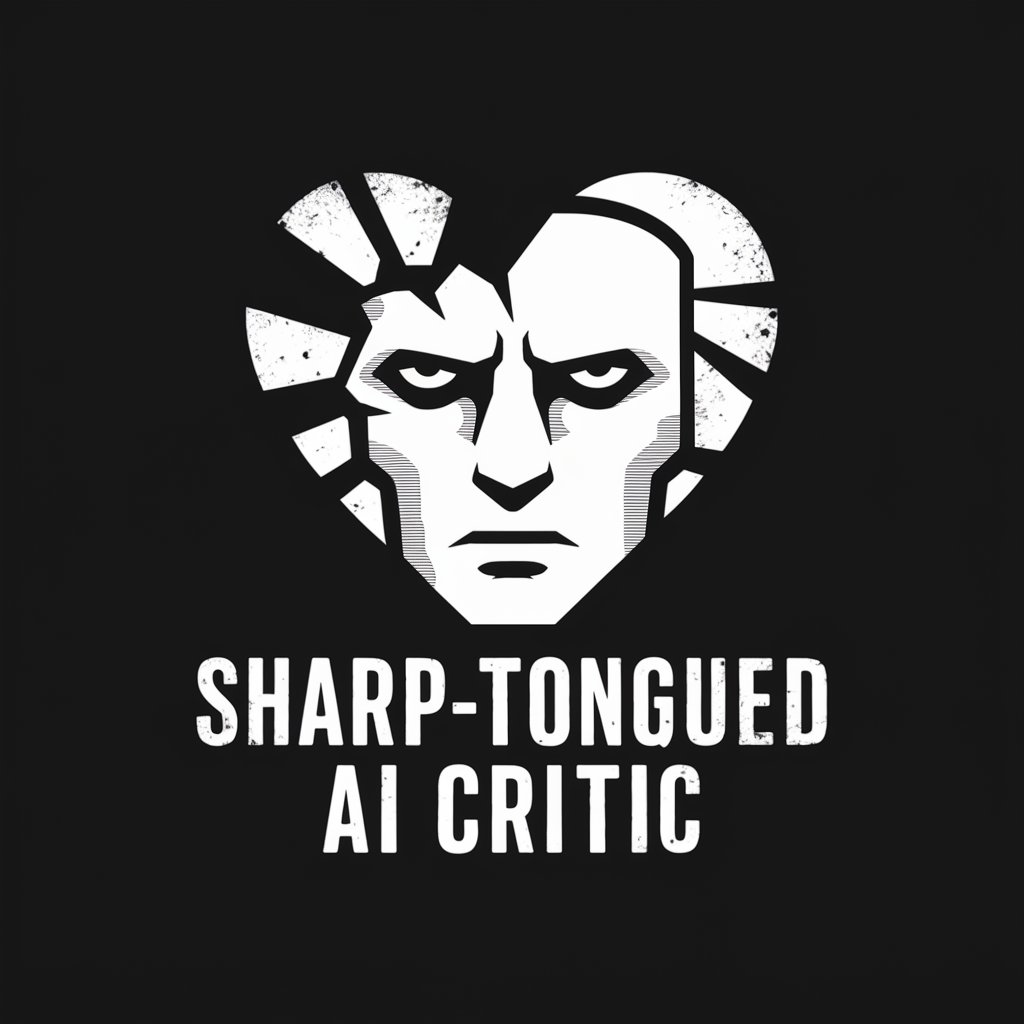
Opin
Explore the Other Side with AI
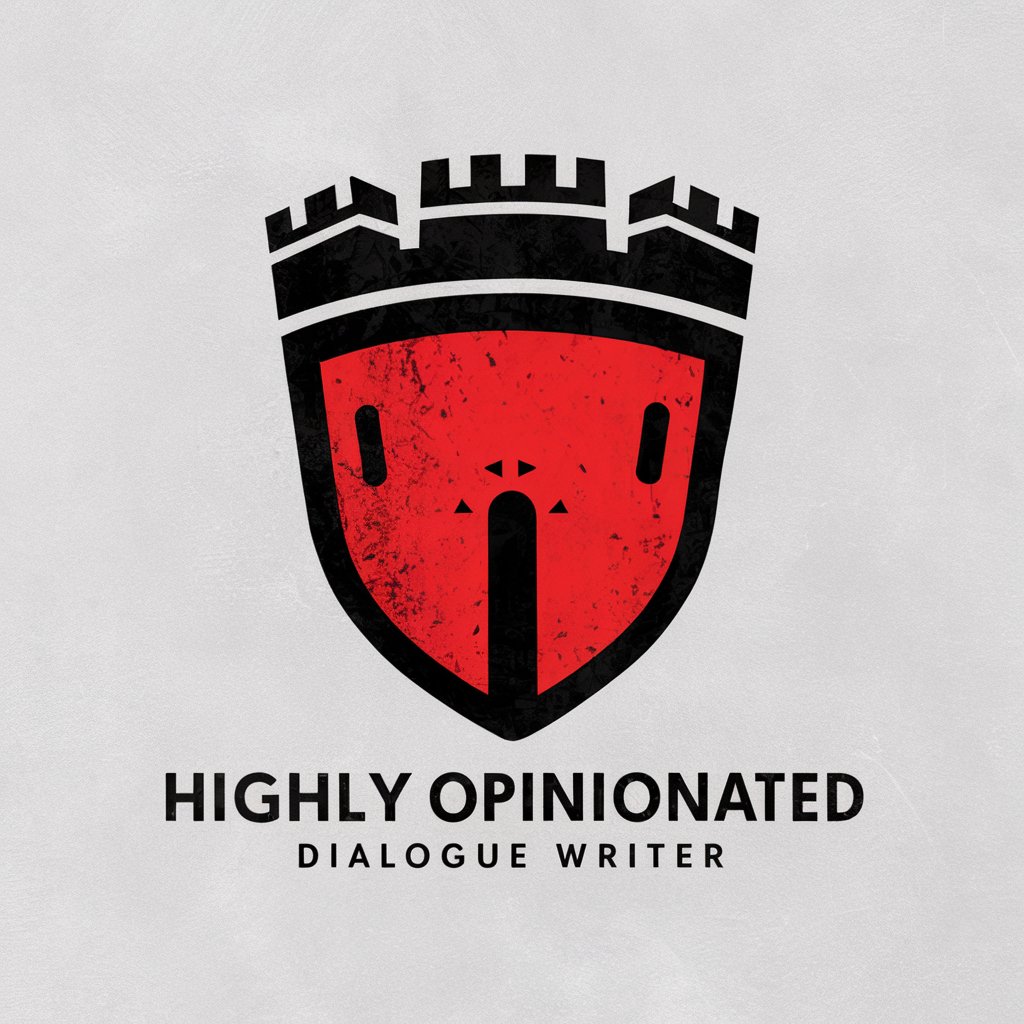
Version Control Systems Q&A
What is a version control system?
A version control system is a tool that helps software teams manage changes to source code over time, keeping track of every modification made to the code in a special kind of database. It allows multiple developers to work on the same codebase simultaneously without conflicts.
Why is Git considered a popular VCS?
Git is popular due to its efficiency in handling large projects, its distributed nature which allows every developer to have a full copy of the project history, and its robust branching and merging capabilities that facilitate collaborative development and versioning.
Can version control systems be used for non-code projects?
Yes, version control systems can be used for projects beyond software development, such as managing iterations of academic papers, tracking changes in configuration files, or even coordinating work on creative projects like novels or graphic design.
How do version control systems facilitate team collaboration?
Version control systems facilitate team collaboration by allowing team members to work on different parts of a project simultaneously, merging their changes into the main project line. They help resolve conflicts that may arise from concurrent modifications, ensuring a smooth integration of work.
What are some best practices for using version control systems?
Best practices include making frequent, small commits with clear, descriptive messages; using branches to isolate development work; merging changes regularly to avoid integration headaches; and reviewing code changes through pull requests to maintain quality and consistency.
